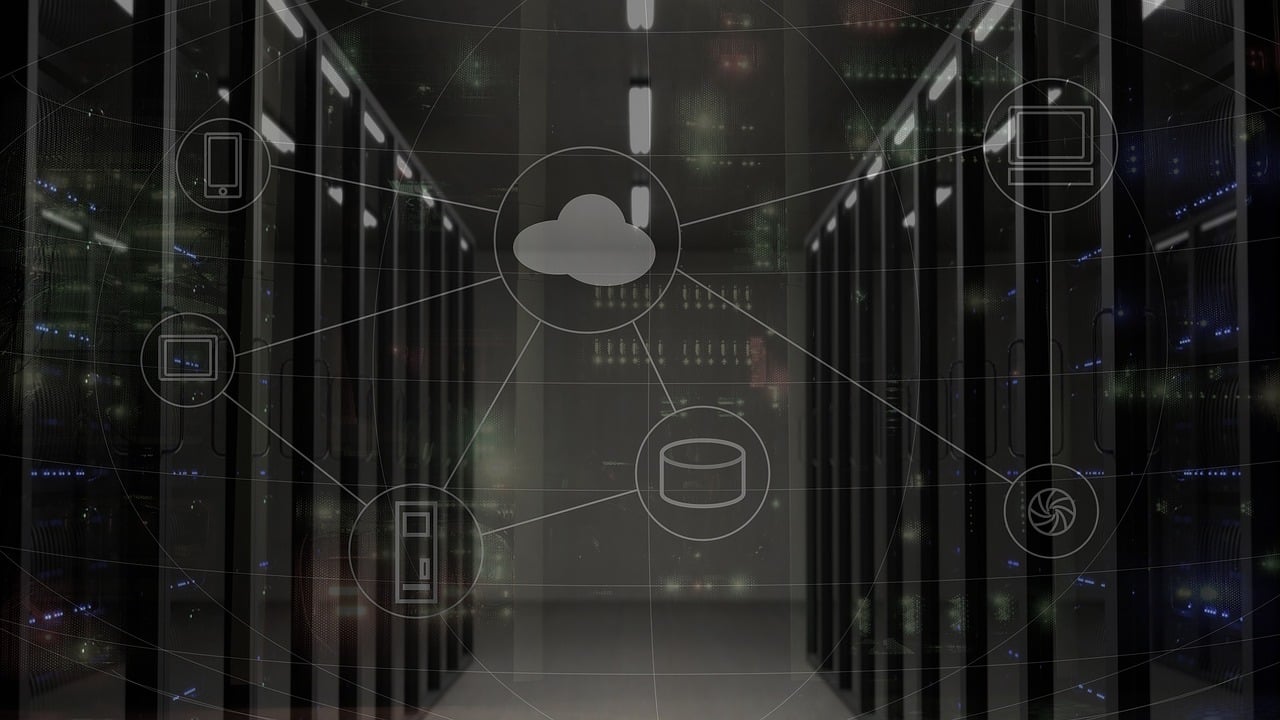 Organizations have historically gone to great lengths to protect company files and data. Administrative department managers would spend thousands of dollars a year to develop secure storage options for their paper records, organizing and storing files in fireproof and waterproof lockable file cabinets, with enormous budgets for renting off-site space at document storage facilities to carefully protect their paper archives. The desired end result of these efforts was to protect important documents from disaster and to provide a means for employees to quickly retrieve records.
Organizations have historically gone to great lengths to protect company files and data. Administrative department managers would spend thousands of dollars a year to develop secure storage options for their paper records, organizing and storing files in fireproof and waterproof lockable file cabinets, with enormous budgets for renting off-site space at document storage facilities to carefully protect their paper archives. The desired end result of these efforts was to protect important documents from disaster and to provide a means for employees to quickly retrieve records.
As digital storage technologies take center stage, it is shocking what little effort organizations make in ensuring that their data is available and recoverable. Very few worry about high availability access to their data onsite (utilizing a SAN instead of direct attached storage, or employing a virtualization cluster instead of a conglomerate of individual hosts). And in a 2013 survey, more than half of the organizations surveyed reported that they do not ensure daily backups of their electronic files.
In a recent review of statistics, we found that less than 25 percent of SMB organizations choose to backup their data to an offsite data center. This suggests that over 75 percent of these organizations are comfortable with the idea of permanently losing crucial data and of closing their businesses in the event of a natural disaster.
But we know that this is not the case. We realize that cost, time and denial often get in the way of doing what is best for our organizations. Oftentimes, we simply need a gentle reminder of the importance of regularly backing up our files. World Backup Day is observed on March 31 of each year, bringing attention to this administrative task that was once taken very seriously.
We tend to convince ourselves that a catastrophic event or a significant loss of data is not going to happen to us. But these things happen to all of us at one time or another. Information technology advisors must consistently remind their clients of the importance of data availability and recoverability, asking the probing questions and encouraging clients to ask of themselves those same questions. How much data are you willing to lose (RPO)? How long are you willing to be down (RTO)? Are you content with losing data in the event of a building or company-wide disaster?
World Backup Day is our annual reminder of the significance of protecting essential data. But don’t wait for a catastrophic event to remind you that faithfully backing up your data and protecting your files is as critical to your organization as it was when we once treated paper files with kid gloves and stored them in durable filing cabinets. By the time disaster strikes, it will be too late.




Recent Comments